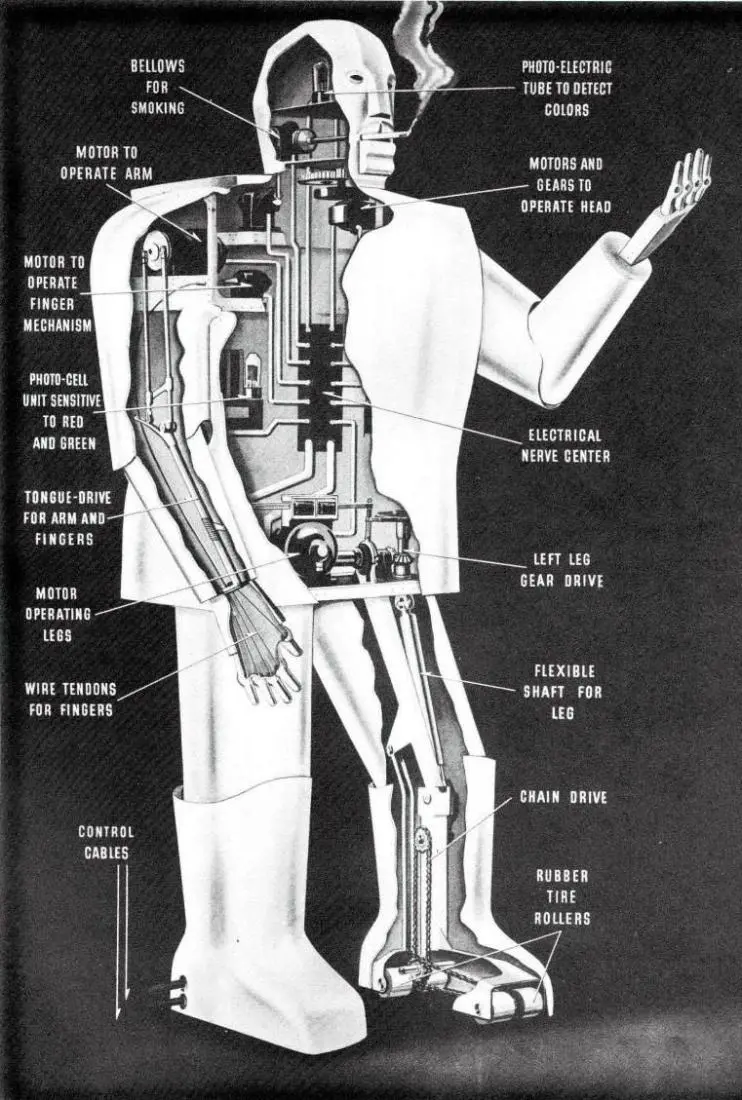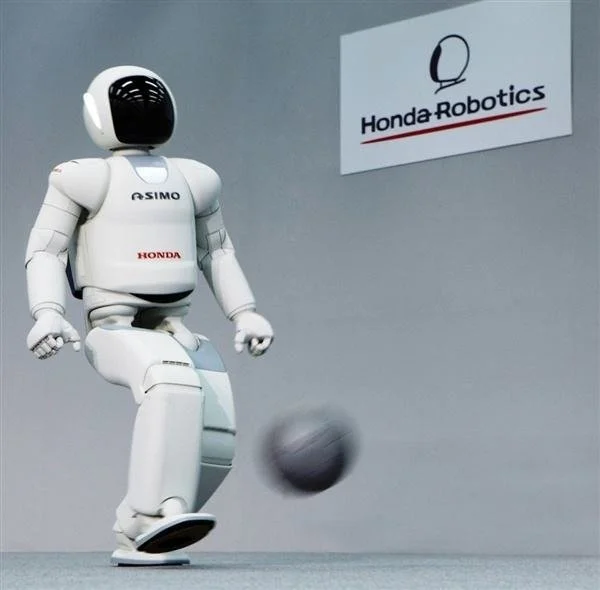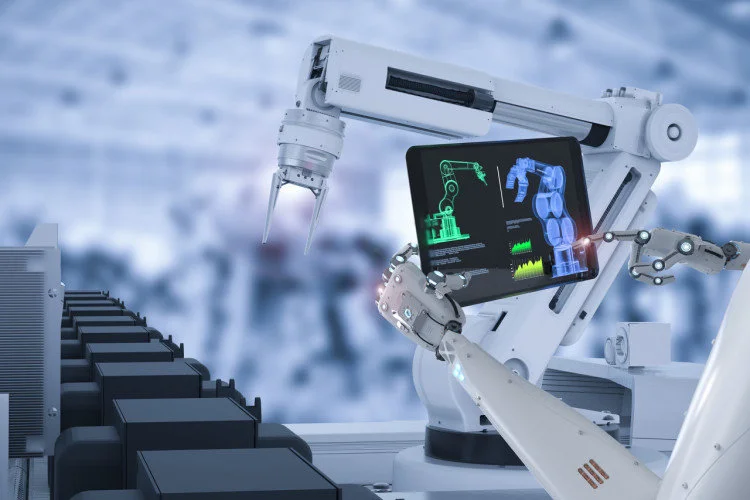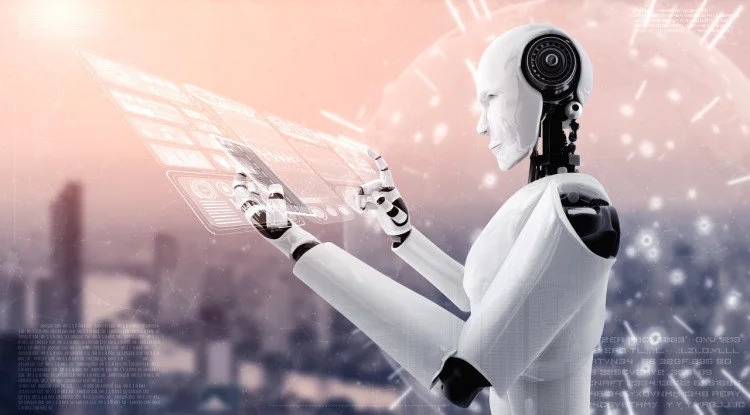In real society, the development of humanoid robots is not as smooth as movies and novels. For decades, countless companies have poured into this track by prosperity, but they have lost their backs. Make people have to doubt whether the humanoid robot is a good business.
In the history, the first humanoid robot was Herbert Televox, which belongs to the Ron Wensley, which belongs to WestingHouse in 1927. This robot is only a circuit board in essence. At first this circuit board named Herbert Televox could operate a specific switch according to different sound code.
This product can be said to have no selling point, and even advertising companies are unwilling to propagate them. Ron Wensley has commissioned the company’s advertising department to propagate, but was rejected. So he added a rough head and limbs to the robot, and painted a Washington face to make it a “robot” for sale. Such promotional methods have successfully attracted the attention of the public and even the US military.

Herbert Televox
The birth of Herbert Televox gave Ron Wensley the company’s attention and was transferred to the Ohio’s electrical department in 1929. With the help of departmental engineers, Wensley began the development of a new generation of robotics projects. The investment in the company’s research and development allows the new generation of robot Elektro. Compared to the single Herbert Televox, Elektro has a more practical voice control function, which can be said to be “the first human -shaped robot in history”.

Elektro
Elektro can act according to the voice instructions of the controller to complete 26 different actions such as walking, smoking, and numbers. However, due to the limitations of technology at that time, this voice instruction can only be performed according to a fixed script.
Compared with Herbert Televox, Elektro has more features. However, its essence is still a machine based on internal control units, but it only makes them look like people by increasing their limbs and heads to make business propaganda. After all, robots that can act like humans and complete various jobs are enough to marvel for them.
In the 21st century, the humanoid robot seemed to be different. In 2000, Honda launched the first generation of real · humanoid robot ASIMO. This robot has human -like action capabilities and can walk, run and jump like humans.
After the official appearance, Honda took the research and development of the second -generation robots, while carrying the first generation of ASIMO in the country, attracting the attention of the Japanese people. Gradually ASIMO also started to invest in formal work, engaged in various tasks such as reception and performance, and engaged in the work of receptionists such as IBM. However, ASIMO’s intelligence is not high. This robot’s more work is displaying and teaching, and cannot replace real people in actual work.

Asimo made by Honda
Aldebaran Robotics also launched a social robot NAO in 2006. Unlike other robots, NAO can be visually programmed through ready -made instructions to facilitate users to explore different use areas themselves. This robot has been put into use in more than 50 countries and regions around the world to help take care of children with autism as educational tools and nurses. Like ASIMO, NaO’s practicality did not make him a commercial robot, and more as a research tool.
Since 2010, artificial intelligence technology has become a wind, and humanoid robots have finally had “brain” to start dealing with certain professional work. NASA launched the exploring robot Robonaut 2 in 2010. The exploring robot was on the International Space Station with the discovery of the spacecraft in 2011 and assisted astronauts to complete some dangerous work.
Robonaut 2 is jointly developed by NASA and General Motor Corporation to master advanced control, induction and image technology. It can help humans to complete more work, such as building factories, production cars, and even space exploration.
In 2013, Boston Power released the humanoid robot atlas, and used several years to develop this robot into a parkour robot with a high body coordination and added AI systems to allow ATLAS to continue to learn and evolve. The goal is to help humans Complete various high -risk exploration work.
In 2015, the French team of SoftBank launched a humanoid robot Pepper and allowed this humanoid robot to enter the social field. PEPPER has voice recognition technology and emotional recognition capabilities, which can communicate like humans. This allows Pepper to get the opportunity to enter the financial, retail, education, nursing and other industries, and can complete various tasks like humans.

Pepper
The development of AI technology has allowed artificial robots to gain a qualitative transition, but when the development of AI has slowed down, the development of humanoid robots has gradually slowed down, and it can even be said that it is difficult. The huge R & D cost has caused many robotic companies to fall into a fiscal crisis.
Due to the lack of commercial value, Honda began to stop the research and development of humanoid robots in 2018. The ASIMO robot, which was once popular, also began to retire slowly, no longer performing performances and exhibitions. The reason for stopping research and development is mainly that humanoid robots lack commerciality, and its huge R & D costs make it unable to earn enough profits. For most people, humanoid robot performances have lost their freshness. Watching humanoid robot performances even better than watching virtual idol performances.
Boston Power also changed the master several times because of the bleak sales of robots, and it was not eased until the commercialization model of the machine dog Spot was determined. However, the modern car of this robot company also said that they hoped that Boston Power returned to the R & D Studio model, and used the technical capabilities of Boston Power in robotics to help their robot projects succeed.
SoftBank also announced in June this year that the humanoid robot Pepper was suspended and began to reduce the robot development team in France and Japan. PEPPER, which has entered multiple fields, has since withdrew from the market. Although SoftBank also retains the possibility of restarting PEPPER production projects, it will pay a high price, and the profits that can bring after restarting Pepper may not make up for it.
From a business perspective, humanoid robots are more like a science fiction dream chased by humans.
Humanoid robots have been deeply trapped in technical mud, but alien robots have strode forward and began to realize commercialization. Boston Power’s Spot has begun mass production and has been put into use in the fields of freight, mountain transportation, disaster rescue. Sony’s companion robotic dog AIBO also resurrected in Japan, began to provide companion services for the crowd, and began to emerge in the medical industry and other industries.
These alien robots are also equipped with a highly AI operating system, which can independently accept commands from users and complete corresponding allegations. At the same time, in different application scenarios, these alien robots can also be transformed into different shapes at will, which can adapt to different environments than humanoids. Various bionic components can allow them to shuttle in different scenes such as animals in the air, mountains, and oceans.

Boston Power Spot
There are various styles of alien robots, including robotic arms also belong to its category. When Jingdong was listed in Hong Kong last year, there was a robotic arm that participated in the bell -knocking ceremony together. And such robotic arms have been arranged in many different positions by JD. Sorting, transportation, and inventory management. These non -human -shaped machines can use their AI capabilities to complete various tasks with their AI capabilities in each position.
With the help of AI, some mechanical tools even completely replaced human workers. Xiaomi disclosed its own unmanned factory in 2020. This 18,600 square meter black light factory is only equipped with more than 100 maintenance personnel. Usually production work is completed by various machine arms, and they The annual output is as high as millions of units.
The robotic arm with AI capabilities has increasingly invested in actual production. Although they do not have a robot -like appearance like a humanoid, from a practical point of view, they are not different from the robot. Even because of focusing on a certain part of the function, these smart machinery have higher production efficiency.

The most important battlefields are medical and education fields. They can provide human education and companionship services to reduce the workload of human beings. Such accompaniment robots can accompany the elderly or young children to accompany the elderly or children, provide certain convenience for their lives, and reduce the career’s work burden.
Compared with the cold industrial robot, the humanoid robot used is usually designed to be more cute, making people easier to accept these “machine partners”. Under the blessing of AI technology, these robots can also continuously adapt to the user’s habits, and meet the corresponding needs of these users like real people. The increase in voice learning ability can also allow robots to communicate better with users and meet the use of use to meet the use of use and meet the use of use. Communication needs. For users who need more companionship, humanoid robots can better meet their emotional needs.
Of course, in terms of current AI technology, these robots cannot completely replace humans to communicate, and they still need more learning and technical improvements. If you want to let the companion robot truly provide companion services like humans, there is still a long way to go. For the current robot market, lack of practical humanoid robots cannot become the mainstream of the market.

With the current technical means, humanoid robots are still a product of early development, and it cannot help humans complete various services more efficiently. But for the current mainstream industrial market, high -efficiency alien robots are still mainstream. The value of robots is to help humans complete various difficult tasks, and want to do a variety of tasks high -efficiency, like people, is not the most important thing.




GIPHY App Key not set. Please check settings